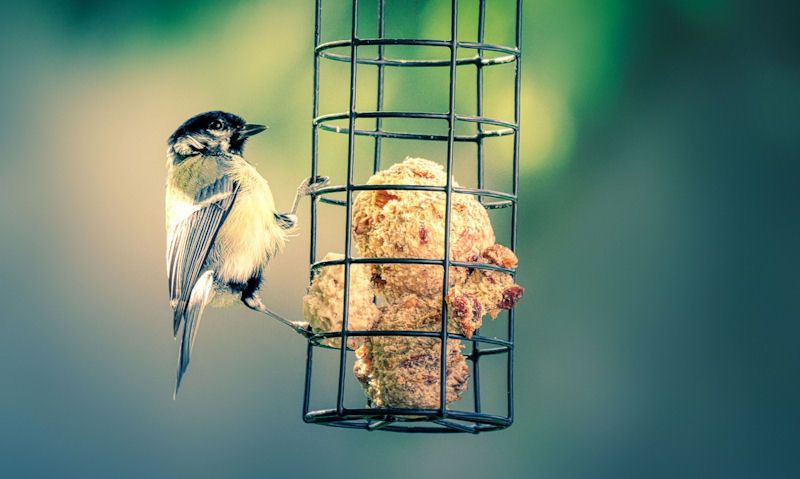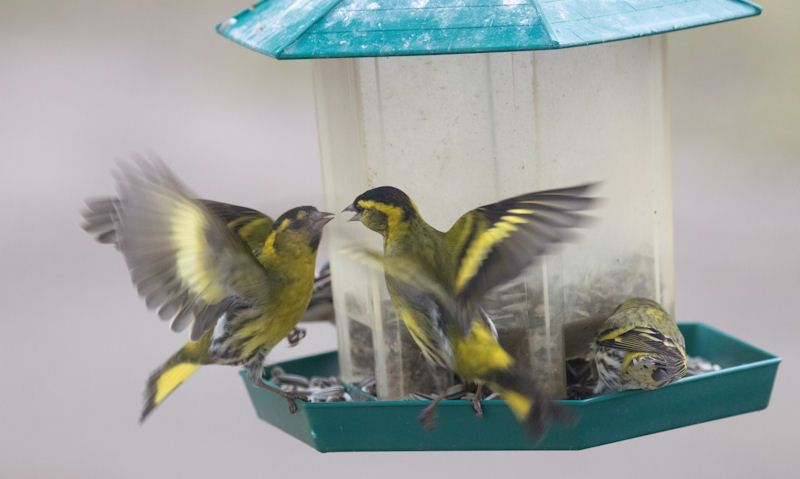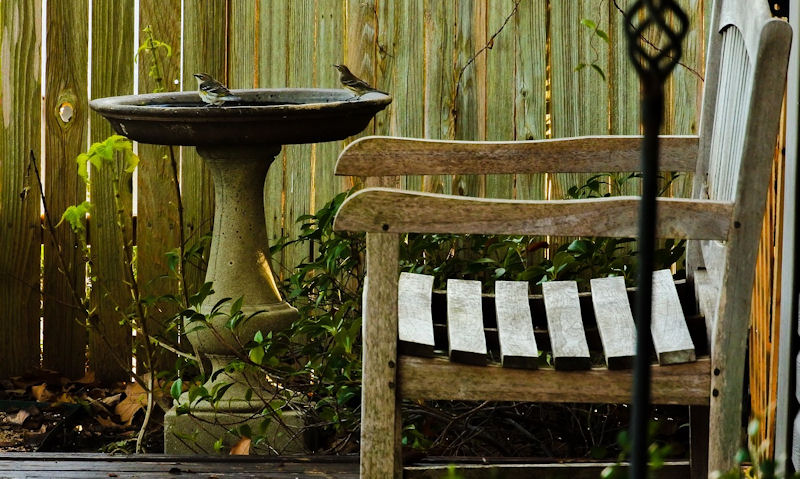How to make bird suet
Want to make a quick yet very cheap suet block or balls for wild birds in your garden; no trouble as its possible in no time at all.
To make bird suet, the recipe requires one-part lard to two-parts dry mix; it can include bird seed, oats or even cereal, you can also add mealworms, peanuts or fruits to attract a variety of common garden birds. So as a rule of thumb, it would be 250g of lard, plus 500g of dry mixture - with any yummy treats included.
Simple wild bird suet recipe can be formulated into suet blocks or balls, or why not crumble it up if you don't possess the necessary bird feeder style.
This bird suet recipe is based on one part-lard with a two-parts dry mix to help create the desired shape after its given time to cure, or harden up in the refrigerator.
If you want to add mealworms, peanuts or fruits for example; it will be part of the dry mix ingredients, so the extra mix will need to be made up in the lard measurement, whether you increase or reduce the overall content.
At little cost to you, you can create a high quantity of suet for wild birds that can be stored away in the fridge for up to a week or more.
That is if the ingredients used has an expiry date that will take you beyond this date.
Its a messy job as you work with fat but its also satisfying as you watch the birds take to your suet bird feeder in the block or fall ball feeder variety.
To begin, simply investigate the ingredients you'll need on my list. But please be aware this is a recipe designed for a simple yet cost effective suet mix.
Ingredients
Here's what you'll need to create this recipe, but please note it is possible to include extras or remove current ingredients at your discretion.
- 250g beef lard
- 250 porridge oats
- 250g bird seeds
Step 1: Heat up lard in pan
Unrendered fat needs to be melted down so we can use it to combine the dry mix in - so we will do so by simply heating it up in a large saucepan.
On a very low heat, simply add 250g of lard - the entire thing if its a 250g pack - into a saucepan to melt the whole thing.
Its incredibly hot at this time so five minutes away from the pan will give it enough time to reduce the heat.
Its then time to add the dry ingredients while the heat is still warm, and so is the pan.
NOTE: If its not a pan used exclusively for wild bird ingredients, simply pour the fat into a very large mixing bowl instead.
Step 2: Create the dry oats and seeds
Not a difficult process but now its time to mix up the bird seeds and the oats in a large mixing bowl - all while the fat in the pan is cooling.
To do that simply bring 250g of bird seeds mixed in with 250g of dry oats into the bowl.
Give that a good mix as to thoroughly create a bird seed based suet recipe for wild birds only.
It could very well smell quite nice but never be tempted to dry it yourself, its not really safe for human consumption.
NOTE: Some bird seed can be substituted with mealworms, fruit or crushed up peanuts, that is if you remember to maintain the one-part fat, two-part dry mix rule.
Step 3: Mix in dry mix to lard
Most enjoyable part of this procedure is mixing up the lard with the thickness of the dry mixture.
To do that you will pile in the dry mixture using large spoonful heaps at a time.
During this process you will be continuously stirring the dry mix with a spatula, making sure to scrape off the mix on the saucepan or mixing bowl sides - as you normally would when baking.
Once all of the dry mix is added to the lard you should end up with a thick mixture.
Overtime this mixture will settle at room temperature; thus allowing to thicken so you can create suet blocks or fat balls for wild birds.
NOTE: Plan ahead what you intend to make as it will help to create those shapes in the setting process in advanced.
Step 4: Refrigerate for up to an hour
To be able to create those firm yet solid suet blocks or ball, we'll need to put this cooled suet mix in the refrigerator.
However, its at this time you'll need to know what you wish to make out of them.
If its suet cakes to add to a suet block bird feeder than spreading the mixture into a baking tray with a 2cm or so lip will help create a flat block.
Its only when the tray is removed from the fridge after one hour you can carve out what could be up to six suet blocks.
On the otherhand, if you intend to create suet balls to add to a feeder or pile up on a dish; only allow the suet mix to settle in the fridge for 10 minutes as to harden a little bit only.
Remove from fridge to then create those all important fat balls.
To do that you will first need to cut squares out of the flat block in the baking tray as to end up with a consistent fat ball size.
Step 5: Serve suet to wild birds
Remove suet from refrigerator to create those shapes that you require. Only then use what you need to return the mixture back into the refrigerator for later.
Ideally you will want to be working with a brand new suet block or fat ball feeder as you don't want to be handling a used one, for health and safety reasons.
Once you've done it before you should get an idea how big the balls or suet cakes should be for next time, without the need to measure to make it fit.
Its the lard that will continue to be the ingredients that courses a mess so you can use grease poof paper to help store it in the fridge.
All while only use one suet block at a time in the suet cake feeder. It won't be long before the wild birds cobble it up as you quickly need to replenish the feeder.


